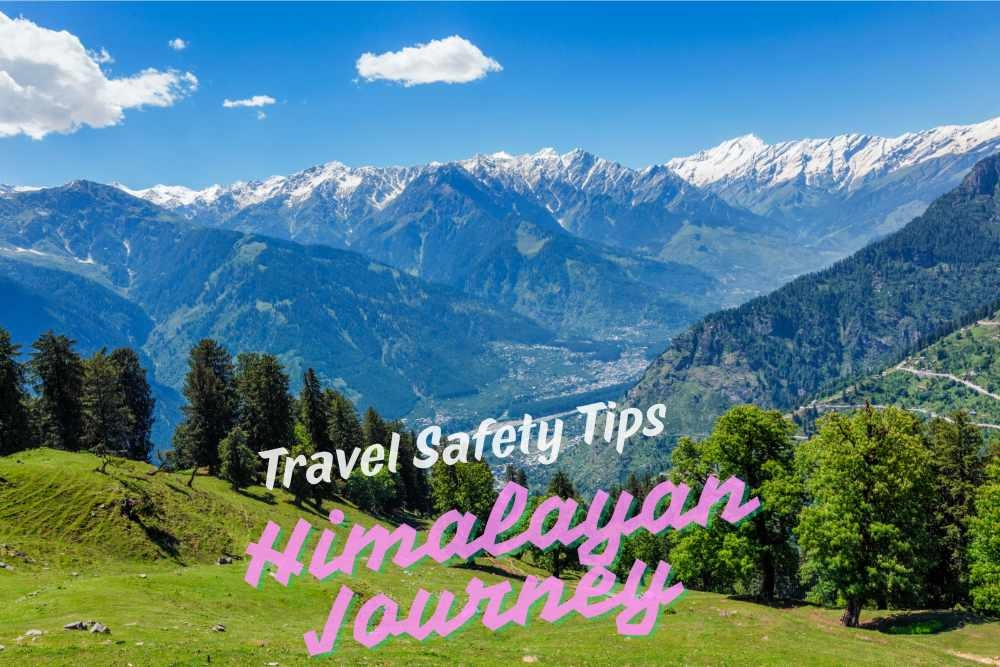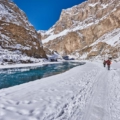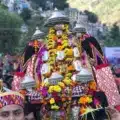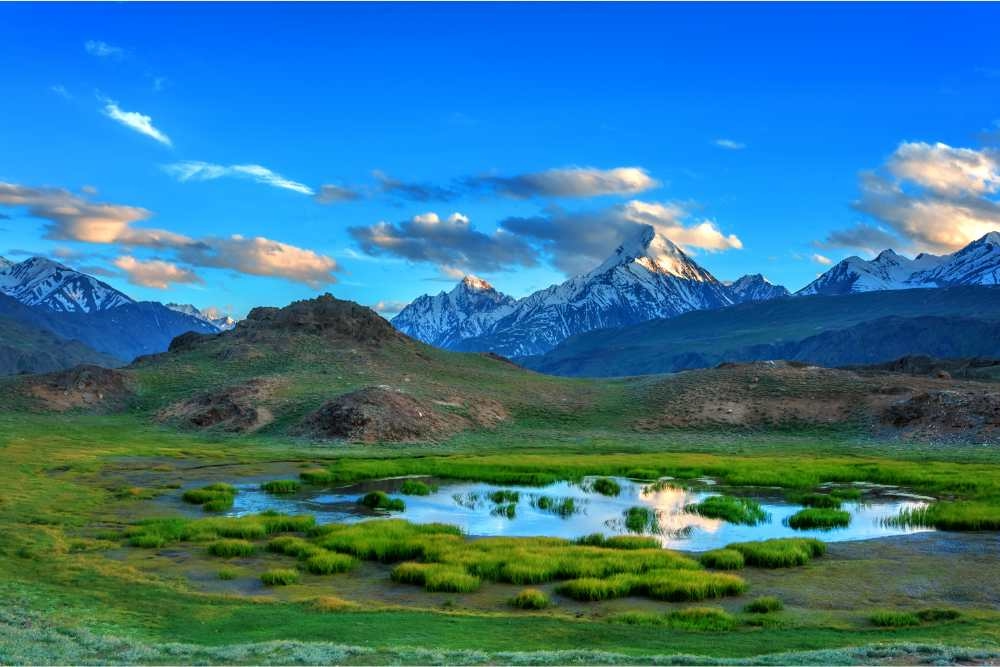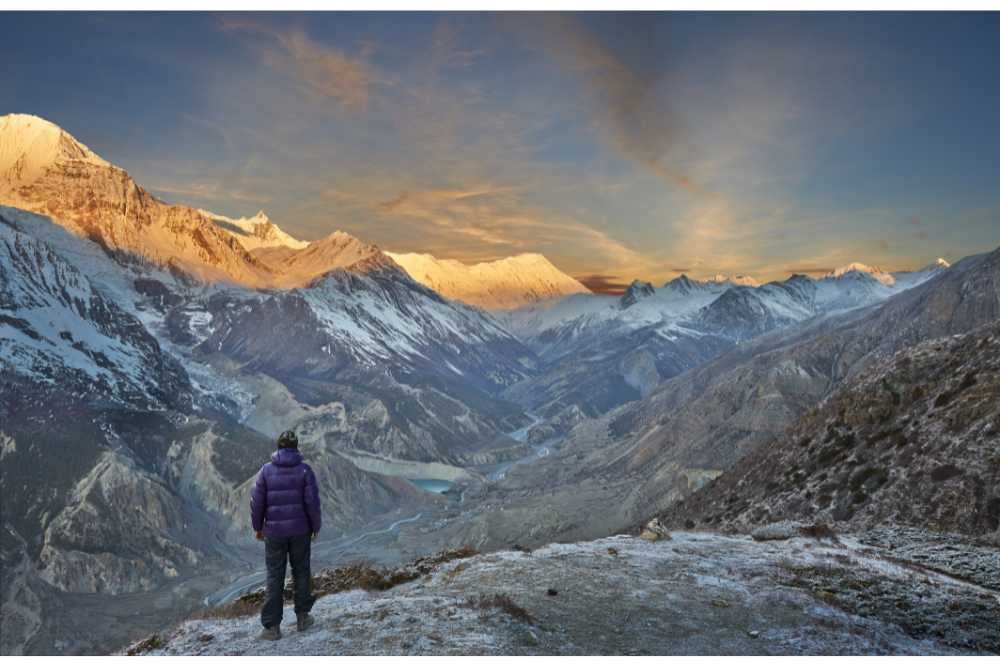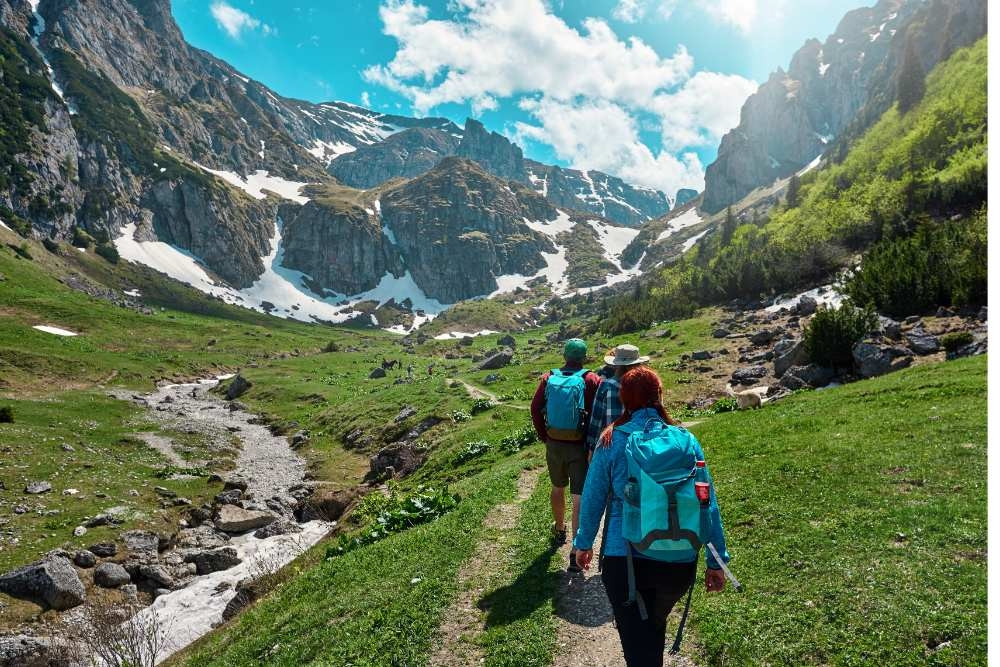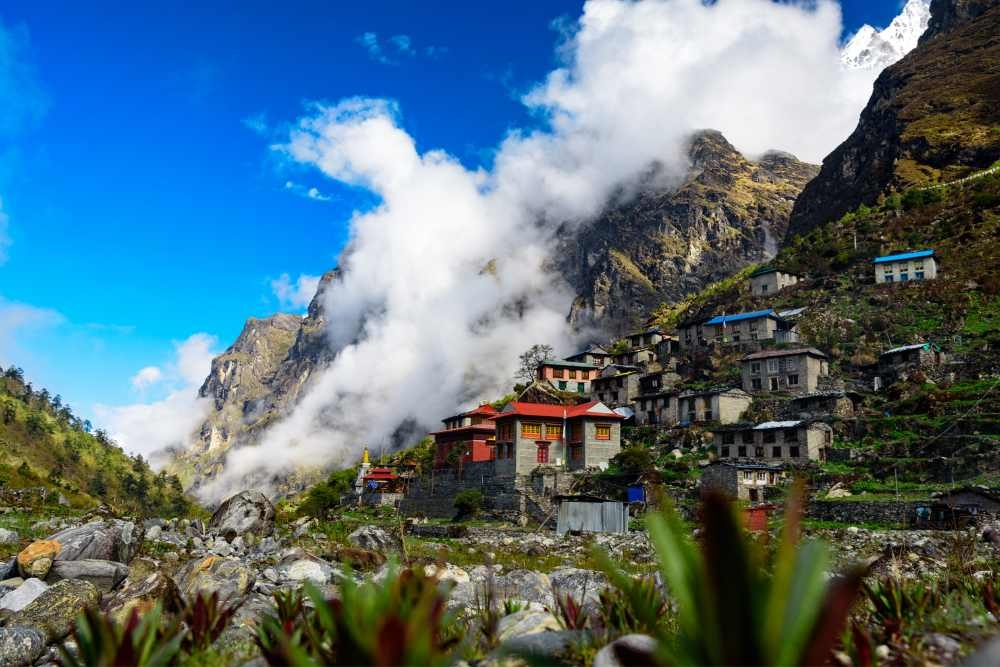Every year, thousands of adventurers answer the silent call of the mighty Himalayas. Whether it’s a soul-searching trek to Kedarkantha, a bike ride through the bends of Spiti Valley, or a peaceful retreat in Tawang—there’s magic up there in those clouds. But with magic comes unpredictability. Weather swings, altitude sickness, tricky roads, and remote locations mean one wrong move can spell disaster. So, before you pack your woollen socks and selfie sticks, let’s talk about something far more important: safety.
Here’s your ultimate guide to staying safe, sound, and smiling through your Himalayan journey.
1. Plan Your Trip—But Leave Room for Flexibility
Planning is not just about booking hotels. It’s about understanding terrain, checking political conditions (especially in border areas), and accounting for buffer days in case of roadblocks, strikes, or unexpected snowfall.
What to plan:
- Your route (avoid overly ambitious itineraries)
- Permit requirements (like the Inner Line Permit for Ladakh or the Restricted Area Permit for Arunachal Pradesh)
- Consider booking accommodation options in advance, particularly during peak season.
Still, don’t overplan—mountains have their schedule, and sometimes you just have to wait for a road to reopen.
2. Monitor Weather and Road Conditions every day.
Mountain weather can switch moods faster than you can say “chai.” Clear skies can become blizzards in minutes. Check daily weather reports from IMD (Indian Meteorological Department), and always ask locals or your hotel staff for updated road conditions.
Quick tip:
Download the Windy app or use AccuWeather to make localised forecasts. Trust us, it helps!
3. Acclimatise Like a Pro—Altitude Is Not Your Friend (At First)
Altitude Sickness (aka AMS) is not a myth. It’s a real condition that hits you if you ascend too quickly without letting your body adjust to thinner air.
Symptoms include:
- Nausea
- Headache
- Loss of appetite
- Dizziness
- Breathlessness, even at rest.
What to do:
- Don’t rush. Stay one night at ~8,000 ft before going higher.
- Drink water. Lots of it.
- Avoid alcohol in the early days.
- Carry Diamox tablets (only with doctor’s approval).
- Know when to descend—it’s the only cure for AMS.
4. Dress in Layers—Like an Onion (A Warm, Waterproof Onion)
Do you adhere to the golden rule of mountain attire? Layering. Morning sun, afternoon chill, and evening frost can happen within a few hours. Your regular jeans and one jacket won’t cut it.
Must-haves:
- Thermal innerwear (top and bottom)
- A fleece or wool layer
- Waterproof jacket and pants
- Gloves and cap (always!)
- Quality sunglasses (UV-protected)
- High-SPF sunscreen (sunburn is real)
Don’t forget your feet: wear thick socks and waterproof trekking shoes.
5. Transportation: Hire locals, drive slowly, and stay alive.
Are you considering a self-guided road trip from Delhi to Leh? That’s wonderful—but risky. Mountain driving isn’t city driving.
Sharp bends, landslides, narrow roads, and surprise herds of sheep mean you need full concentration—and experience.
Your best option:
Hire local drivers or cabs. They know the terrain and the tricks of the roads.
If self-driving:
- Start early every day (by 6–7 AM).
- Never drive post-sunset
- Use low gears on slopes
- Keep tire chains on winter routes
6. The Internet May Abandon You—So Be Ready
There will be Instagram-able views, but there will be no Instagram. Mobile networks are patchy in most of the Himalayas. In Ladakh, for example, only postpaid SIM cards work (Jio or BSNL are the safest bets).
Do this:
- Download offline maps via Google Maps or Maps.me.
- Save emergency numbers and hotel contacts offline
- Share your itinerary with someone back home.
7. Smart Packing Saves Lives (Or At Least Prevents Tantrums)
It’s about what clothes to carry and what else you pack.
Essentials checklist:
- Power bank (at least 10,000 mAh)
- Flashlight or headlamp
- Water bottle with built-in filter
- Energy bars and dry fruits
- Basic medicines (paracetamol, ORS, motion sickness, etc.)
- First-aid kit (band-aids, antiseptic, crepe bandage, pain spray)
- Toilet paper (very necessary)
- Cash – ATMs are rare and often non-functional.
- Photocopies of IDs and permits
Bonus tip: Keep a small backpack for day hikes with essentials only.
8. Respect the Mountains & Their people.
Himalayan culture is deeply spiritual and humble. Is it acceptable for loud tourists, plastic trash, or drone shots to be near monasteries? Not cool.
Respect code:
- Always ask before photographing locals or religious sites.
- Do not litter—carry trash back to towns.
- Use refillable bottles instead of plastic.
- Lower your voice in villages and sacred areas.
- Wear modest clothing in monasteries and temples.
9. Learn Basic First Aid—Seriously
Sometimes, help is hours away. A small ankle twist or altitude-related panic can become serious if you don’t know what to do.
Minimum first aid to know:
- How to wrap a sprained joint
- CPR basics
- Signs of dehydration and how to fix it
- Using antiseptics properly
You don’t need to be a medic—just enough to keep things stable until help arrives.
10. Emergency Contacts & Protocols
Always know whom to call and what to say.
Important contacts:
- Tourist Helpline (India): 1363
- Police helpline: 100
- Ambulance: 102
- Local ITBP or BRO outposts (especially in border zones)
Tip: Write these down on paper—don’t rely on your phone battery.
Bonus Tip: Listen to the Locals, Not the Influencers
No offence to travel bloggers—but local tea sellers, taxi drivers, and forest officers often know more about the trail ahead than a sponsored Instagram reel does.
If they say, “Don’t go today,” don’t go. Trust them.
Final Thoughts
The Himalayas are not just a place—they’re an experience, a teacher, and occasionally, a test. They will show you beauty you’ve never imagined, but also demand that you respect their unpredictability.
So go. Climb. Trek. Ride. Meditate. However, approach these activities wisely, safely, and humbly, as no view is worth risking your life for.



